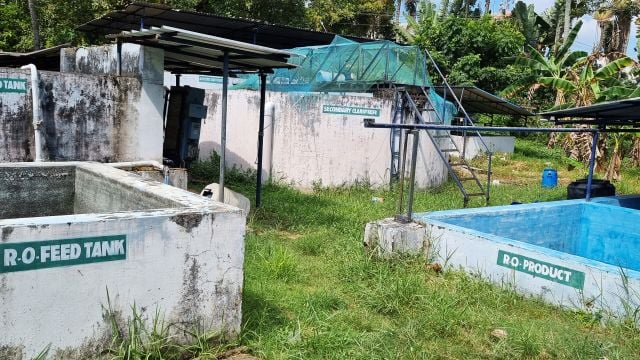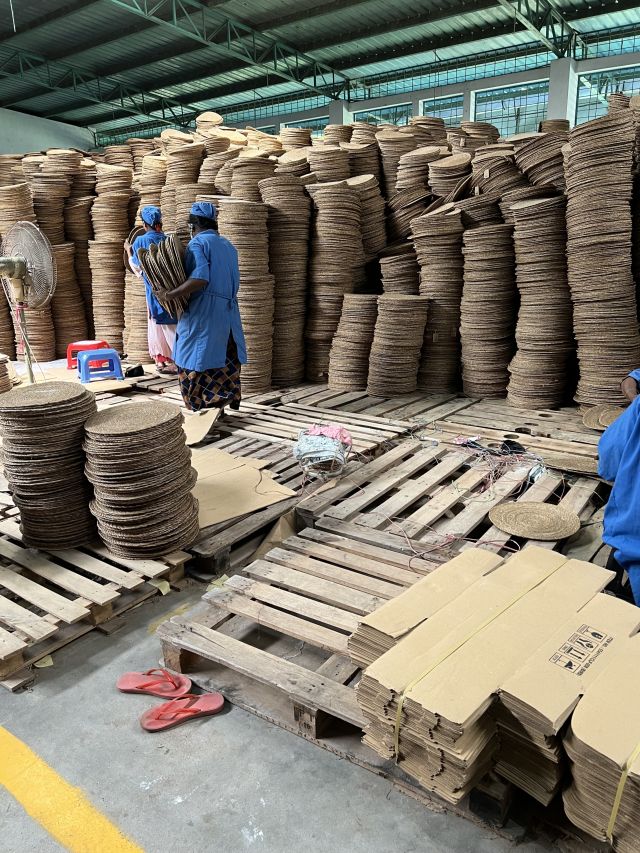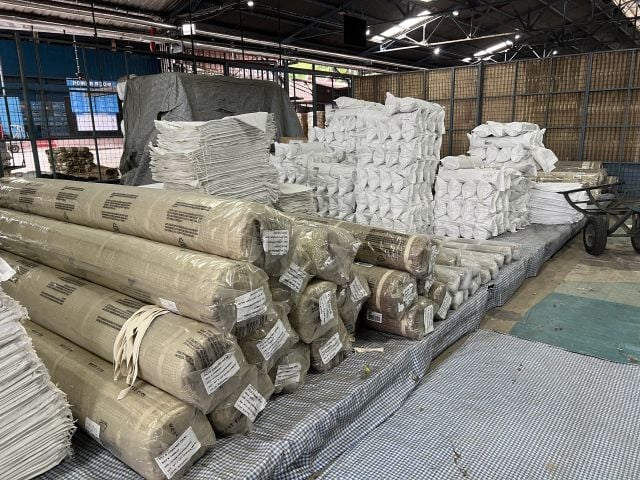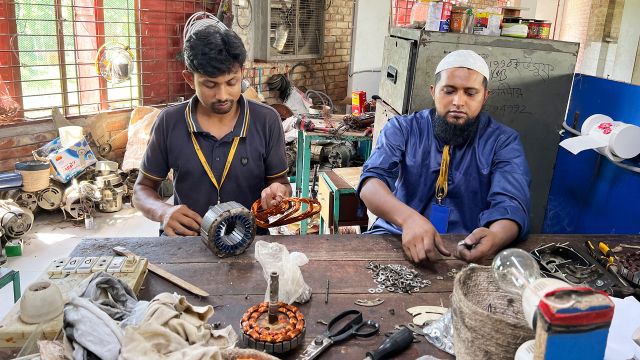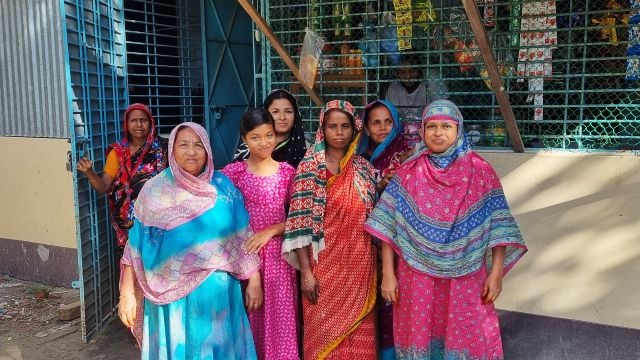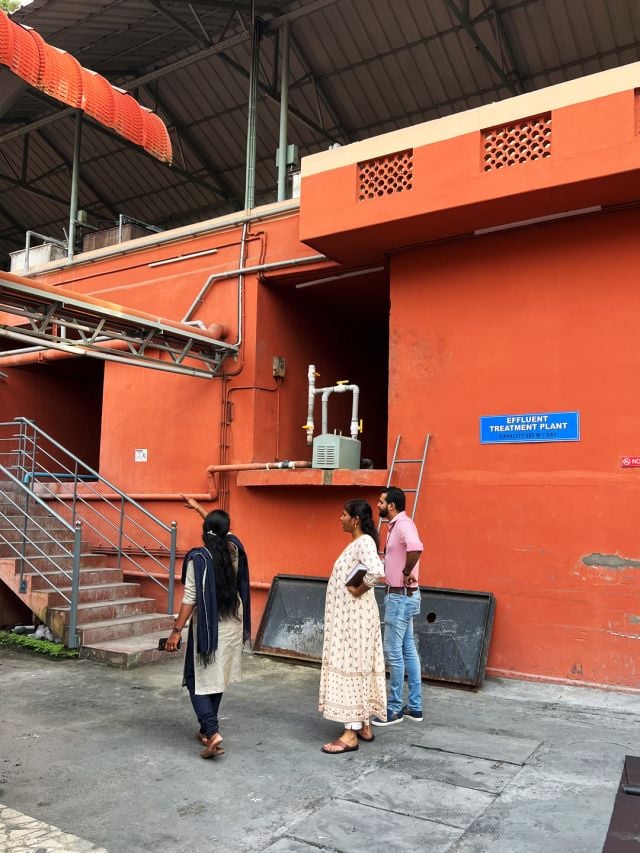
Sewage treatment system called ETP – Effluent Treatment Plant in South India.
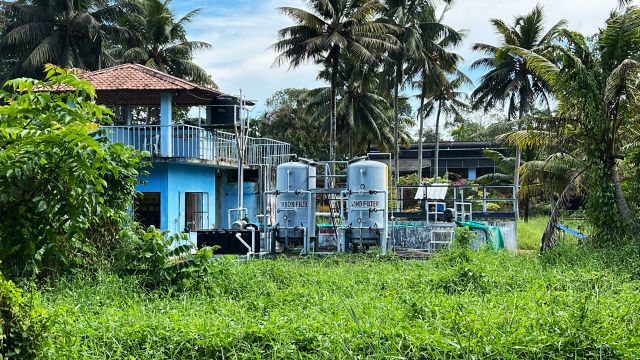
Circular water purification system
What is ecological sustainability for us?
Clean water and functioning sewage and toilet solutions are a decisive factor for good health. In the manufacturing process for our beautiful products, large amounts of fresh water are used, and then we have to ensure that our producers purify the waste water to the maximum in order to be able to return to its natural form again. There are, of course, many more parameters to consider for ecological sustainability, but the water supply in particular is particularly close to our hearts.
Another important parameter that has rather become a hygiene factor is to avoid substances that are included on the so-called Reach list. All our product groups are tested and approved according to REACH. An EU regulation that has been developed to strengthen the protection of human health and the environment against the risks that chemicals can pose. Here you can read more about the REACH regulation and what it entails. We also keep ourselves up-to-date on new directives and changes in the area from the Chemicals Inspectorate.
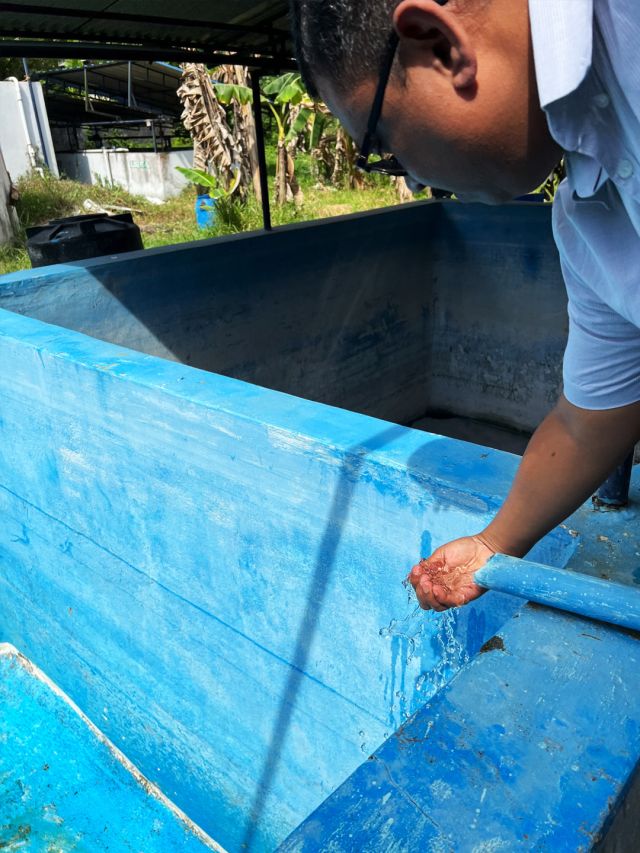
Sewage treatment system called ETP – Effluent Treatment Plant in South India.
Circular water supply in South India where our rugs are produced
Our producers of carpets have for a long time invested in their own water systems at the factories. In order to be able to use unlimited amounts of fresh water, according to law 80% must be reused in the production chain. The remaining 20% that becomes waste water then goes back into the ground via stone chests. They also collect large amounts of rainwater in large tanks to minimize fresh water consumption.
An ETP plant for sewage treatment is a unit plant where the waste water is purified using several methods for reuse or safe disposal for the environment. This process reduces the need for fresh water while keeping the environment clean.
In the R-O reverse osmosis process, cellophane-like membranes separate purified water from polluted water in a number of different basins. This is also a very effective method of sewage treatment and gentle on the environment.
The coarsest sludge from the first purification basin, regardless of the purification method, consists for the most part of jute dust. It is dried and compressed into blocks that are retrieved by the authorities. A group of producers has started a project with the university in the area where they investigate whether the compressed waste can be used for example as plant fertilizer and what consequences it may have in the long run.
Water supply via the river and own wells in Bangladesh
In the preparation, bleaching and dyeing of jute in Bangladesh, fairly large amounts of water are used. However, the water supply is not a problem as we perceive it. Fresh water is obtained from deep-drilled wells, they are drilled 20 – 100 meters down. However, the fresh water contains iron, which makes it brown and difficult to use in production due to discoloration. The dyeing and bleaching unit is therefore right on the river so water for this is taken from the river which is of course even better. The production water circulates in a closed system with three purification units that leave minimal residual waste.
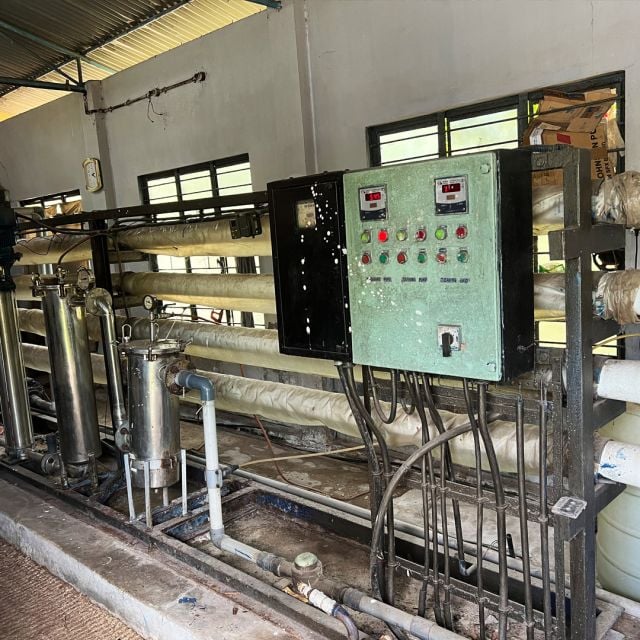
Management of water treatment systems.
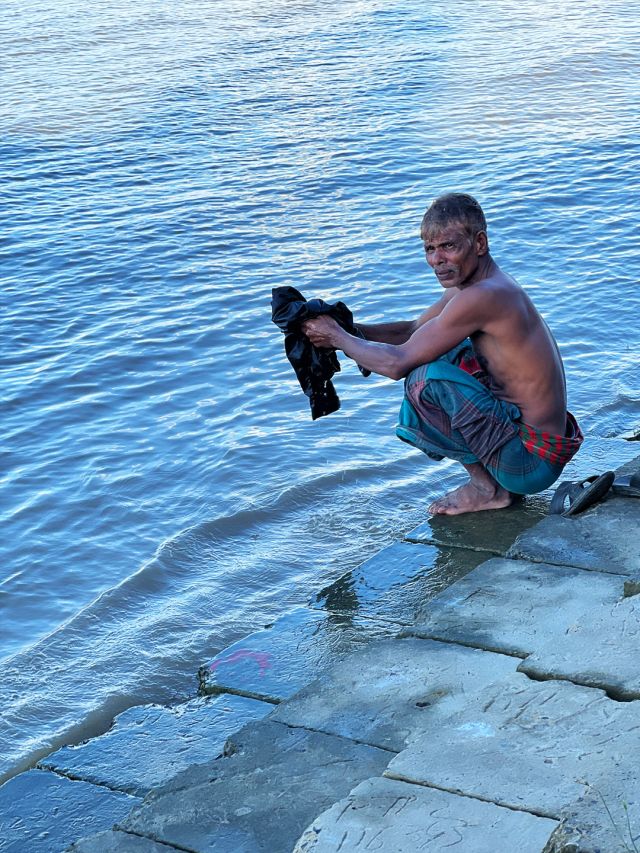
Washing clothes in the river.
Own water systems without chemicals
Our jute carpet manufacturer in South India has its own water system. In order to use unlimited amounts of fresh water, 80% must be reused in the production chain. 20% becomes waste water that goes through a number of stone chests back into the ground. The water is then purified but not drinkable without further treatment. All water from production first ends up in basin 1 where larger particles are cleaned away – basin 2 has an air supply so that slag sinks to the bottom and becomes easier to separate.
Finally, to avoid chemicals, bacteria are added for the third purification. Sugar can be added to keep the bacteria alive if the production does not have an even flow, compare the process for sourdough bread. Cylinder primary – Cylinder secondary – sewage water collection tank (collection tank for waste water) – Effluent treatment plant (Sewage treatment).
To minimize the need for fresh water, they also collect rainwater in large tanks that are mixed with fresh water during preparation and dyeing. The project with its own water purification system has been developed over several years and now everything works as it should. There is no shortage of water and they take care of all the water used.
The sisal factory in Kerala is also self-sufficient in terms of the water system. They clean all waste water.
